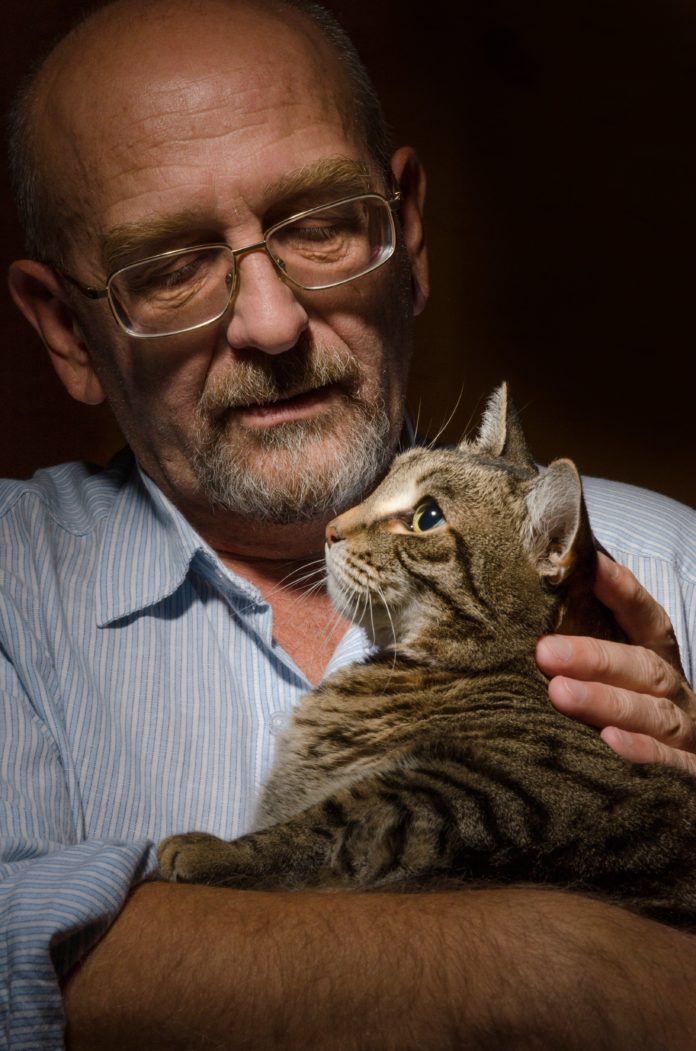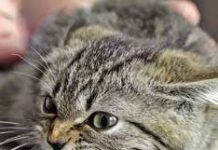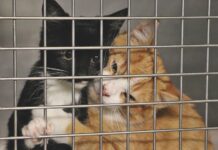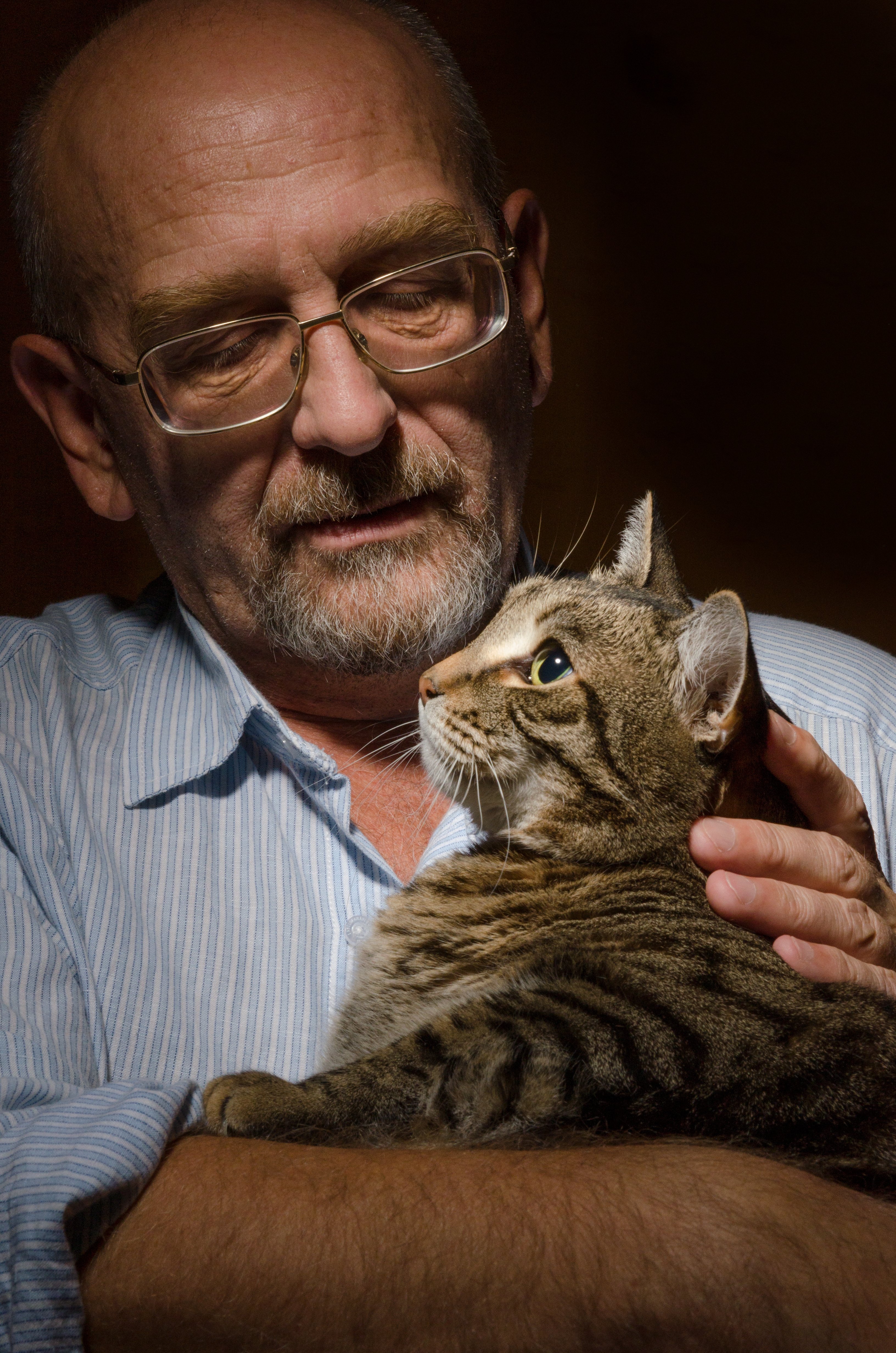
The challenge with senior cats is that their digestive systems often don’t function as efficiently as when they were young. On top of that, just like older humans, geriatric cats may not digest or absorb nutrients as well as when they were in their prime. Keeping your older cat well-nourished just takes some attention to ensure that she is eating and that the food you’ve chosen addresses the nutritional issues an aging cat faces.
Unintended Weight Loss
If your cat is losing weight or eating less than she used to, the first step is a visit to your veterinarian for a full examination and some bloodwork. Once you have developed a management plan with your veterinarian, there are a couple of things you can try to improve your cat’s appetite.
Smelly foods can entice sick or elderly cats to eat. Scent plays a huge role in feline appetite, so if she is having trouble with her sense of smell, she may not want to eat. Dribble some tuna juice over her kibble or add canned food that smells meaty. Warm up canned food just a bit in the microwave to bring out its scent, but check that the food isn’t too hot before serving.
If that doesn’t work, discuss the use of mirtazapine or cyproheptadine with your veterinarian. These medicines can stimulate your cat’s appetite. Mirtazapine has the added benefit of decreasing nausea. Your veterinarian will likely adjust the dose over time so that your cat is getting the smallest dose that proves effective for her.
If her weight loss is primarily due to muscle loss, she may need to switch to a diet with more or higher-quality protein. This will depend upon any underlying conditions that your cat has, but your veterinarian can help you determine if it’s a loss of fat or muscle.
In some cases, it may be necessary for your veterinarian to place a feeding tube. Some types of feeding tubes are only for short-term use, while others can be left in place for longer periods of time. These tubes are useful for cats who can’t or won’t eat on their own or who become overly stressed when restrained for feeding or medication.
Nutritional Supplements
Your cat gets vitamin B from her food and can’t store any extra. If your cat is having digestive problems or not eating as much, she could become vitamin B deficient. Your veterinarian can measure the B12 levels in your cat’s blood. If your cat has a vitamin B deficiency, she may need oral supplementation or to receive injections. Depending on your cat’s condition, this could be a temporary fix or may be necessary long-term.
Antioxidants are compounds that protect against cellular damage due to inflammation. Some common examples are vitamin C, vitamin E, beta-carotene, and the enzyme catalase. According to the American Association of Feline Practitioners, “Diets enriched with antioxidants and other supportive compounds (e.g., vitamin E, beta carotene, and essential omega-3 and 6 fatty acids) are believed to reduce oxidative damage and amyloid production and improve cognitive function.” While the bulk of this research has been done in humans and dogs, at least one study showed improved cognition in cats who were fed a diet supplemented with antioxidants, arginine, B vitamins, and fish oil. These nutrients can be purchased as supplements you can add to her diet.
Your cat’s cognitive function—her brainpower—might be helped with carnitine and omega-3 and omega-6 fatty acids, such as fish oil. Carnitine is a compound that plays a role in cellular energy production, and fatty acids promote cell membrane health. Although most of the research has been done with humans and dogs, the results suggest that these supplements may be beneficial for cats as well.
Before starting any supplement, consult with your veterinarian to determine the optimal dosage and whether the supplement is appropriate for your cat. Supplements are a buyer-beware market. There is little regulation, and a product may or may not contain what the label says it does. One thing you can do is check for a National Animal Supplement Council (NASC) Quality Seal on the bottle. NASC member companies submit to audits to ensure that the ingredients they use are quality ingredients and found in the amounts listed on the labels (see nasc.cc).
Disease-Specific Diets
Like human seniors, aging cats often have special health needs. For example, diabetic cats are often put on a diet that is high in protein and low in carbohydrates.
Struvite urine stones and crystals can be resolved by acidifying your cat’s diet, but excessive acidification brings its own issues, as do low-sodium diets. There are non-acidified prescription diets available to help prevent both struvite and calcium oxalate crystals. They are prescription, so you will need to go through your veterinarian to obtain these foods.
Not all general-practice veterinarians are well versed in nutrition, which is a complex science. If your cat has multiple health issues, it may be worth the expense to consult with a veterinary nutritionist to determine the ideal diet for her situation. When multiple illnesses are adding up, an expert’s assistance can help you get to the best solution without having to put yourself and your cat through several rounds of trial and error. Many diseases can cause cats to lose weight, making extra calories necessary to keep the cat in decent condition while undergoing treatments or supportive care. Consider a consultation with a veterinarian who is board-certified in nutrition. Check the American Board of Veterinary Nutrition at acvn.org.
Little Adjustments
“Feeding small meals frequently increases digestive availability,” advises the American Association of Feline Practitioners’ Senior Care Guidelines. “The ideal number of meals is not known, but feeding multiple (e.g., three or four) small meals per day is a reasonable goal.” To accomplish this, split your cat’s normal amount of daily food into smaller portions that she then gets throughout the day. This is easiest to do in a household where someone is home most of the day, but working cat owners can still break their cat’s daily ration into at least three meals by giving one in the morning, one right after getting home from work, and the final meal shortly before bedtime. Adjustments can be made depending on your lifestyle and schedule. Keeping track of overall food eaten is particularly important for overweight cats. Remember that when your cat is receiving more meals per day, each of those meals needs to be smaller.
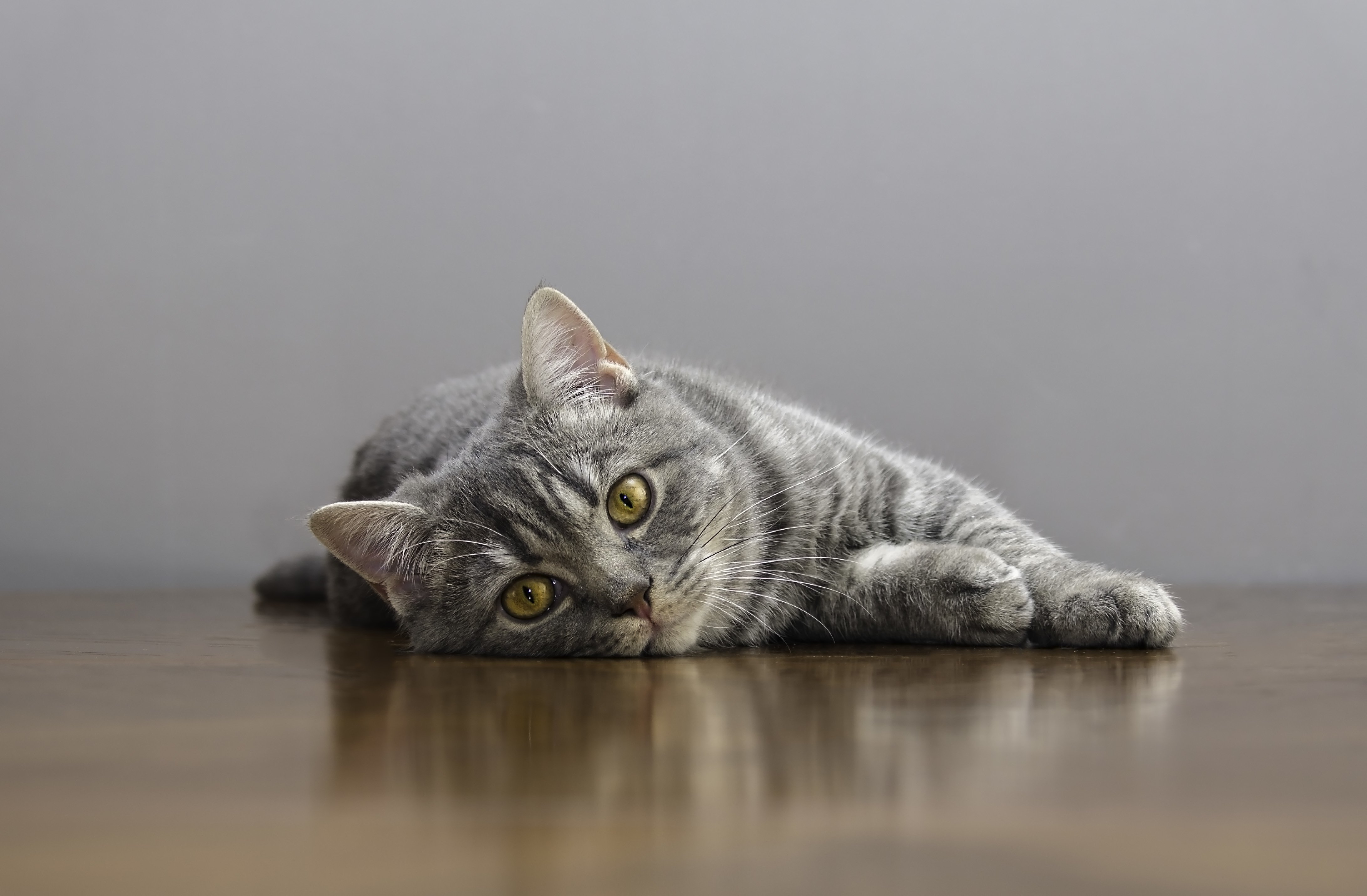
Water Intake
Maintaining proper hydration can help to keep your cat healthy, and some diseases can cause your cat to become dehydrated more easily. One concern regarding dehydration is that it can cause your cat to become constipated. As well as being uncomfortable, constipation can wreak havoc on your cat’s digestive system. Severe constipation may require surgical intervention. For male cats, especially, dehydration can increase the risk of urinary obstruction, which is a life-threatening emergency.
You can entice your cat to drink more by making access to water easier (away from other pets who may compete for it and in an easily accessible place). Consider plenty of water bowls in places that your cat can easily get to in different spots in the house (and keep it fresh by dumping and replacing the water daily). You can also consider a kitty drinking fountain or possibly a dripping faucet if your cat isn’t interested in regular bowls and leaving a faucet dripping is feasible.
If you notice she’s not a “heavy drinker,” consider adding moisture to her food. Canned food has a higher moisture content than dry food, so switch diets or supplement her regular kibble with canned food. If your cat is determined to only eat her dry food, add water to her kibble. Tuna juice or chicken broth ice cubes can also be fun treats, but be sure to use low-sodium options, especially if your cat has a history of kidney/ heart disease or hypertension.

